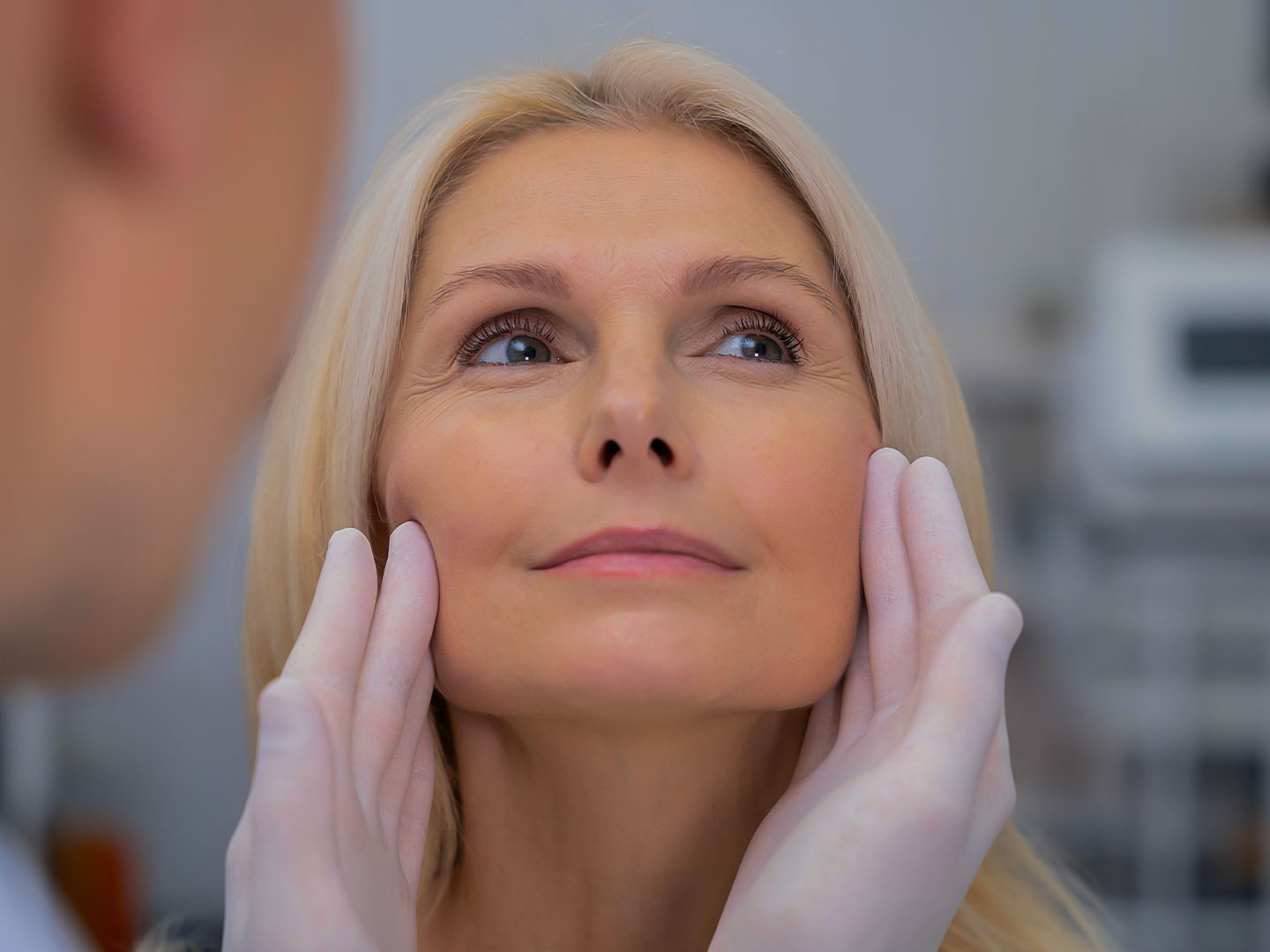
The cheeks are more than a cosmetic focal point; they’re central to facial structure, symmetry, and youthfulness. When midface volume declines with age, it doesn’t just affect the cheeks. It alters everything from under-eye support to jawline definition. For medical aestheticians looking to offer high-impact, natural-looking results, Juvederm cheek filler is one of the most versatile tools in the injectable arsenal.
Whether you’re lifting, contouring, or rebuilding volume lost to aging or weight loss, Juvederm’s range of products gives you options to match your patient’s anatomy and goals. This guide walks through cheek filler strategy using Juvederm, covering everything from product selection to layering technique and long-term maintenance.
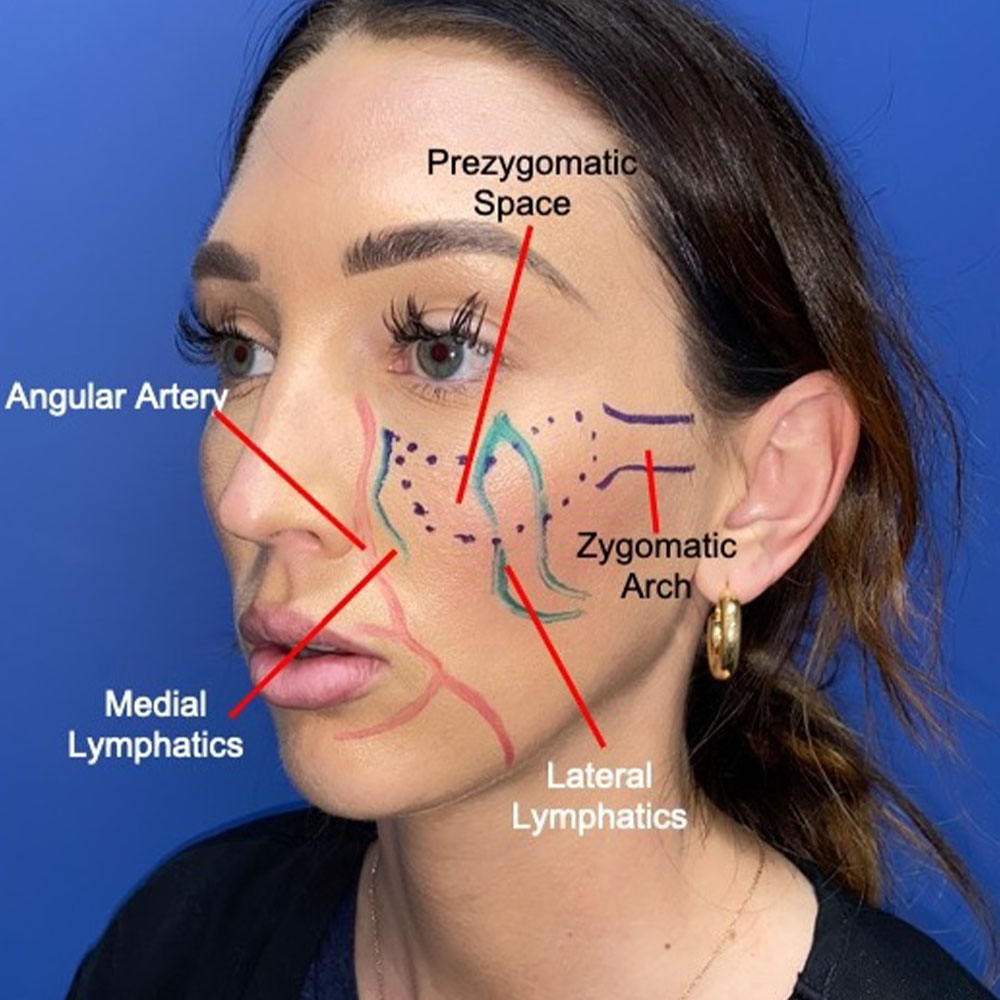
Why Focus on the Midface?
The midface acts as a structural hub for the entire facial aesthetic. As patients age, fat compartments deflate and descend, leading to:
- Under-eye hollowing (from lack of deep medial cheek support)
- Nasolabial fold deepening (due to drooping cheek mass)
- Loss of jawline definition (as facial tissues migrate downward)
Midface rejuvenation with Juvederm restores foundational support. By lifting and replacing lost volume in the deep fat pads, practitioners can achieve multi-zone improvements, even before touching the lower face.
A well-treated cheek not only improves cheekbone projection, but it also reduces shadows and softens transitions across the mid and lower face. In short, it’s a small area with a big aesthetic influence.
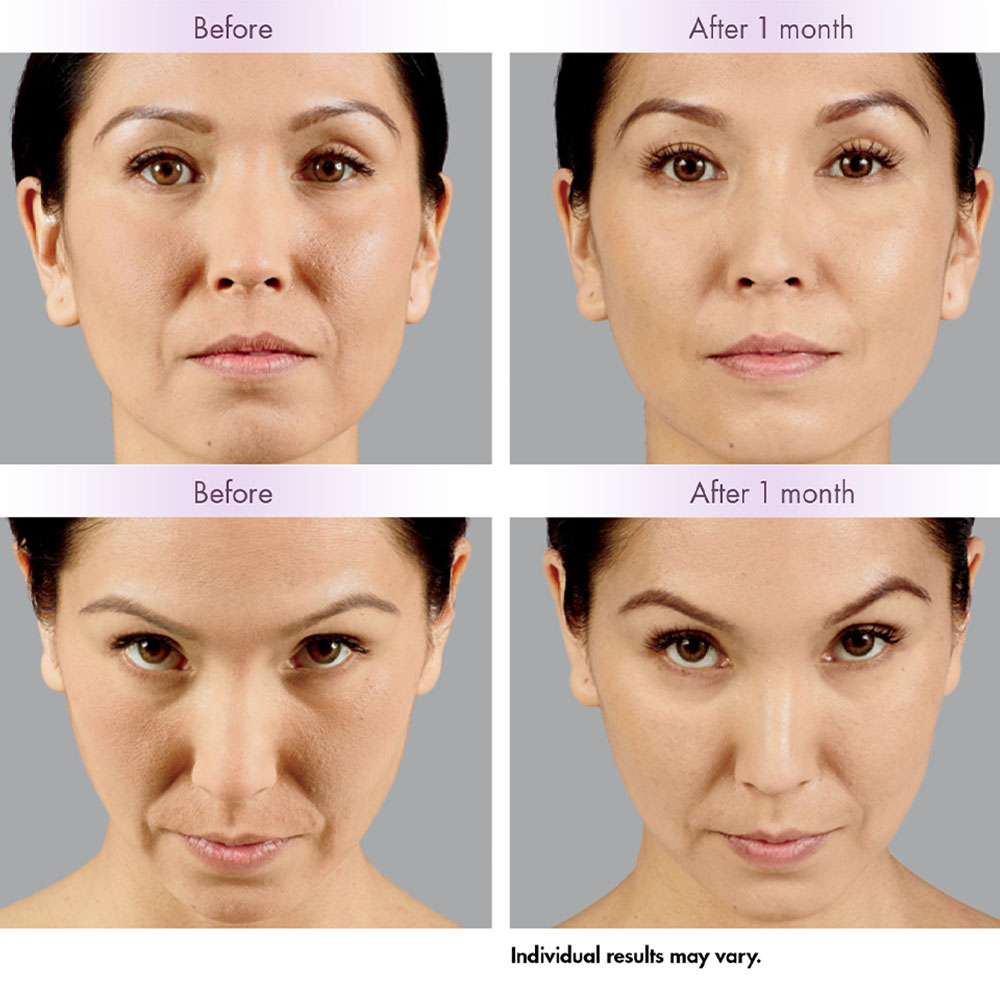
Juvederm Filler Options for the Cheeks
When choosing the right Juvederm filler for cheeks, consider the patient's age, skin thickness, and desired outcome. Juvederm offers several products that can be used alone or layered together for comprehensive results:
Juvederm Voluma XC
- Best for: Structural lift and volume
- Rheology: Firm, high G' (elasticity), built for deep injections
- Longevity: Up to 24 months in some patients
- Ideal for patients needing cheek projection or support
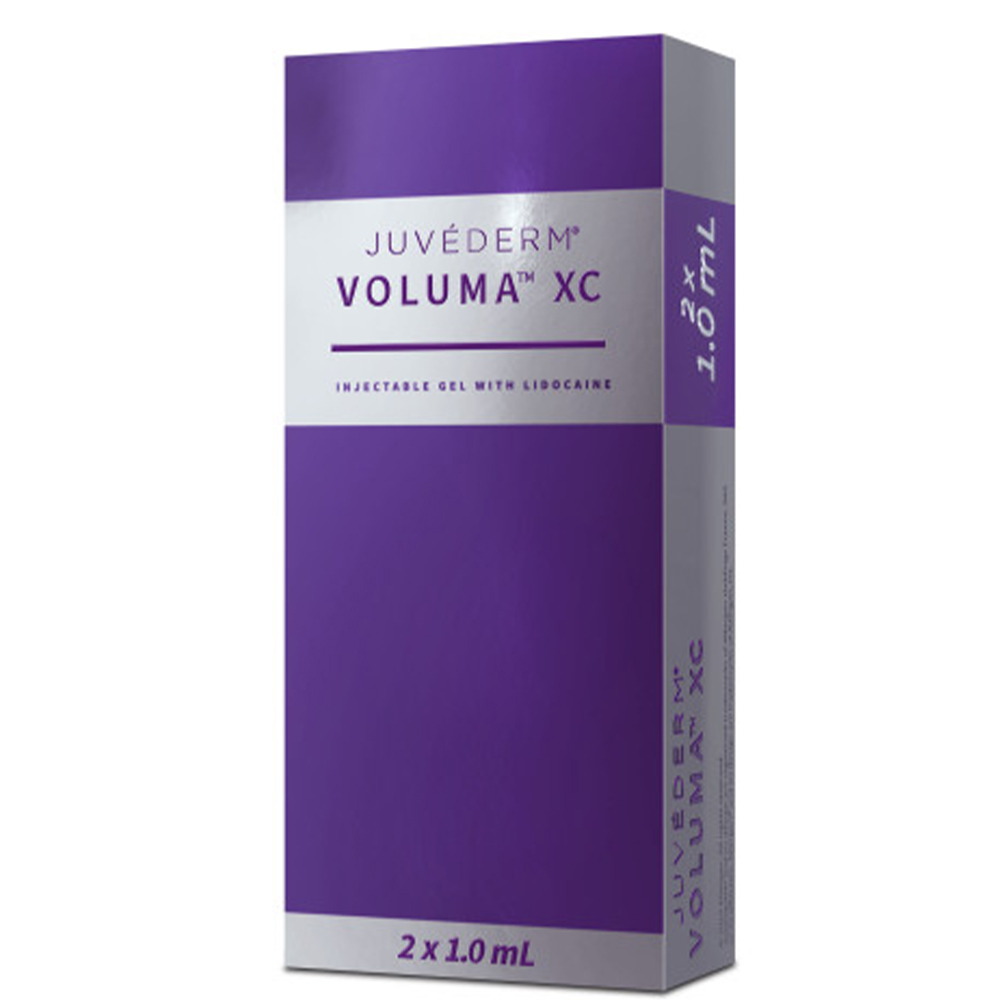
Juvederm Volift (Vollure in the US)
- Best for: Smoothing transitions and refining contours
- Rheology: Medium firmness, versatile spread
- Longevity: Around 12–18 months
- Works well in the superficial fat compartments to blend and contour
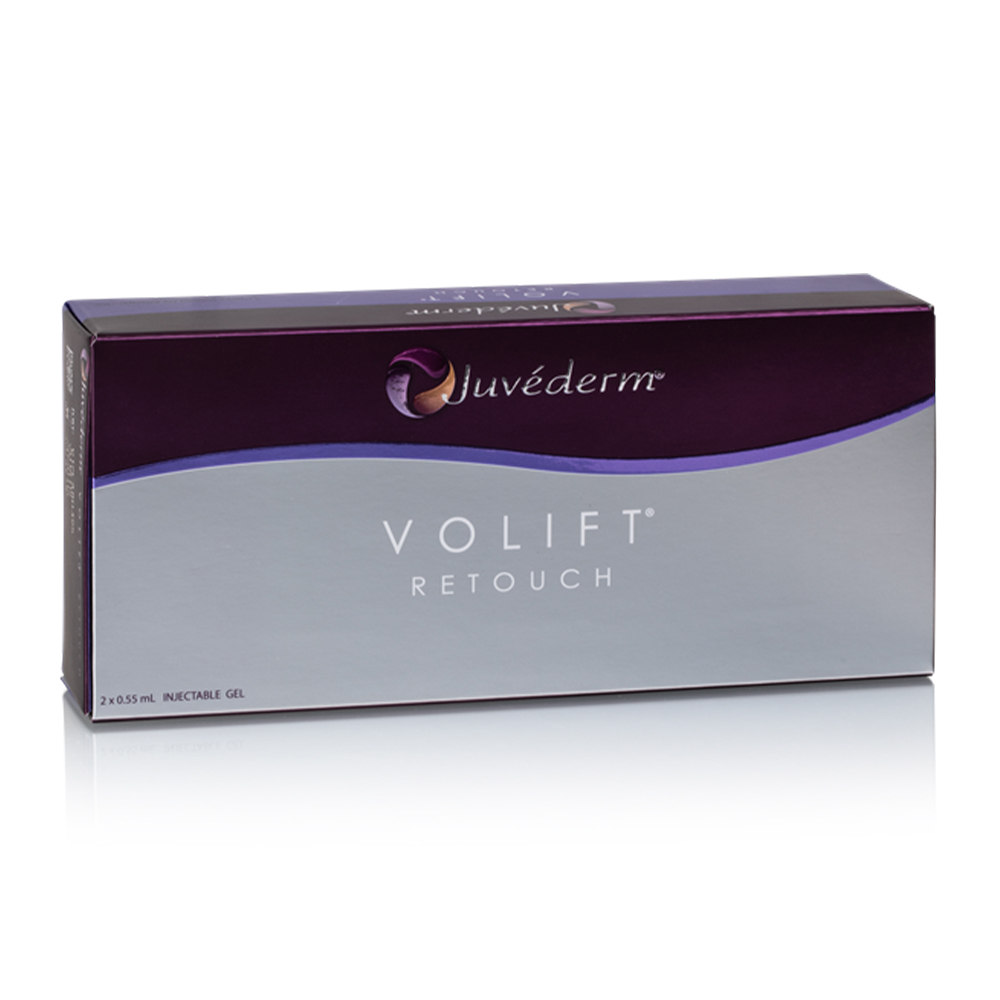
Juvederm Ultra Plus XC
- Best for: High-volume correction in patients with significant loss
- Rheology: Soft, hydrophilic, slightly higher swelling potential
- Use with caution in the cheeks due to the risk of overfilling or puffiness
Each filler has a role. Voluma lays the groundwork. Volift refines. Ultra Plus can be used sparingly in areas requiring deeper correction.
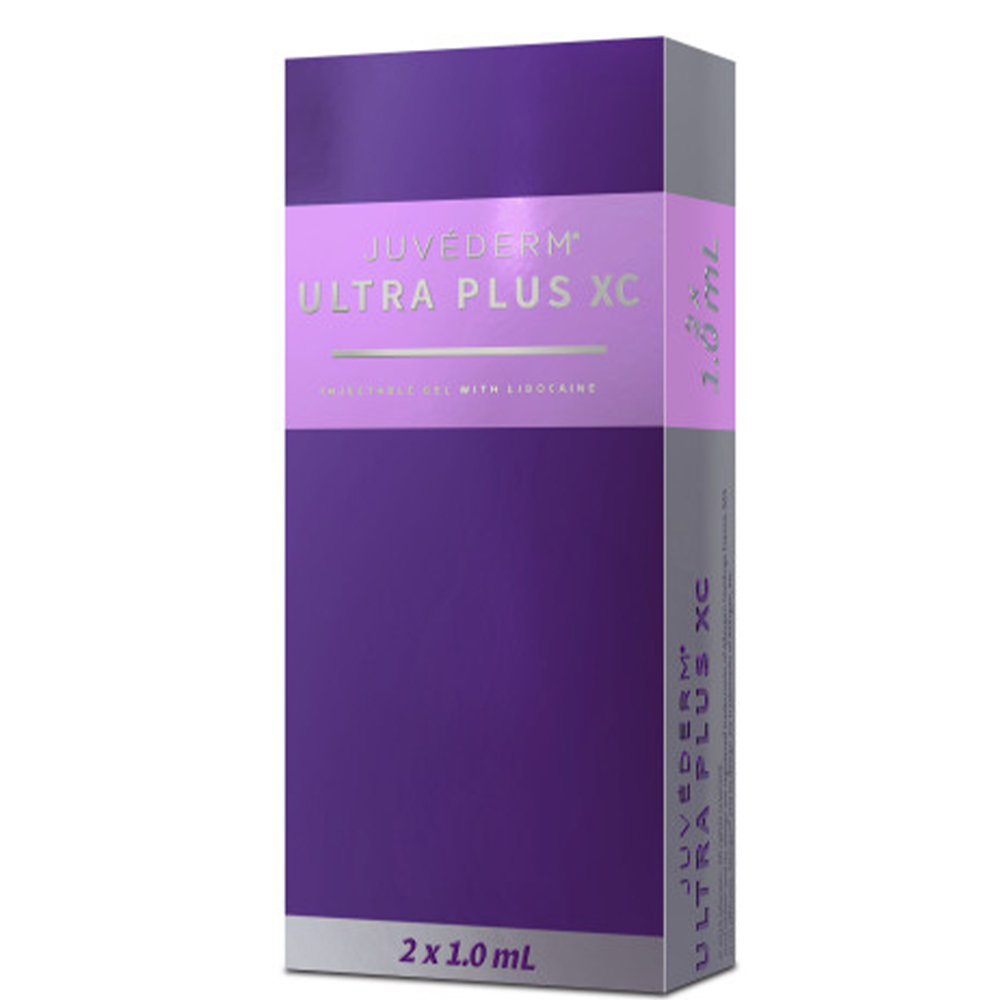
Layering and Injection Strategy
Effective cheek rejuvenation comes down to understanding facial anatomy, respecting injection planes, and using a strategic layering approach. This is not a “one product, one plane” treatment.
Foundational Volume – Deep Plane
- Plane: Supraperiosteal (directly on bone)
- Product: Voluma
- Technique: Bolus or linear threading in deep medial and lateral cheek fat pads
- Purpose: Lift and structure
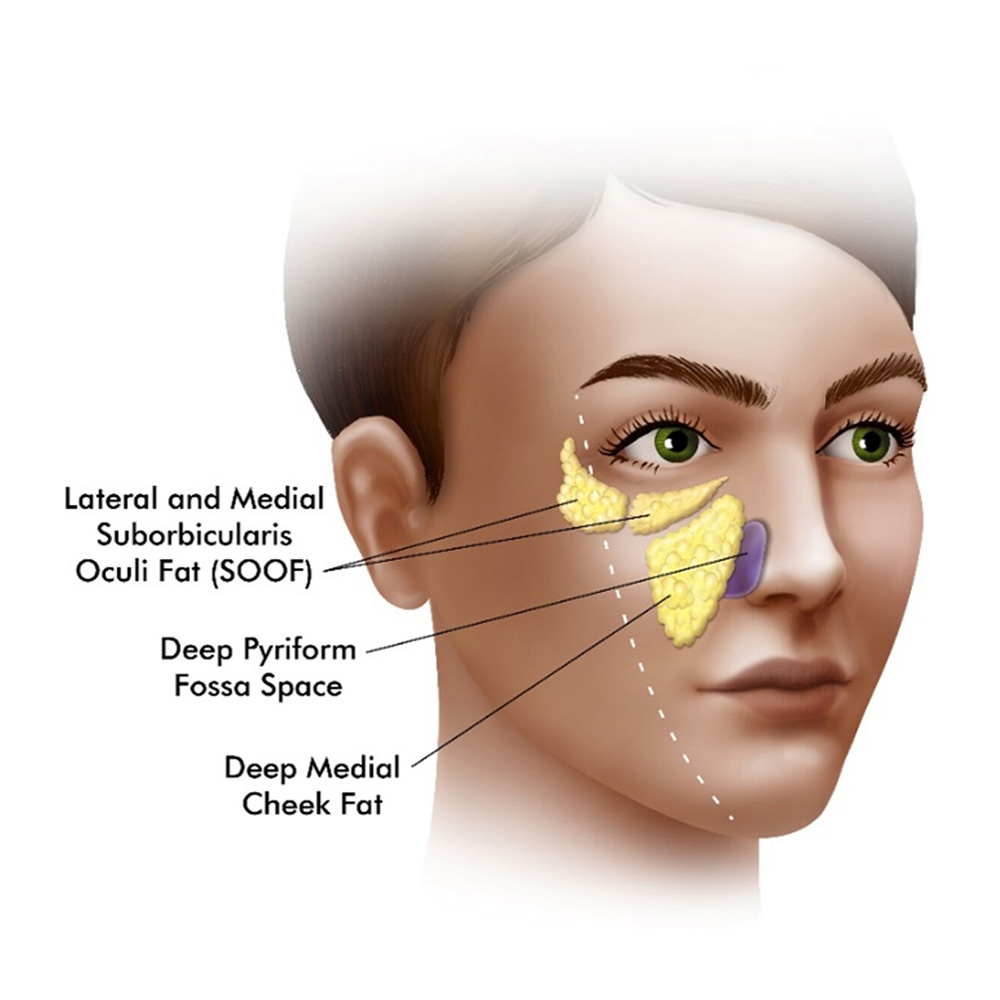
Refinement – Superficial Plane
- Plane: Superficial subcutaneous or deep subcutaneous
- Product: Volift
- Technique: Small fanning injections or microdroplets for even contouring
- Purpose: Smooth transitions, reduce harsh lines, improve symmetry
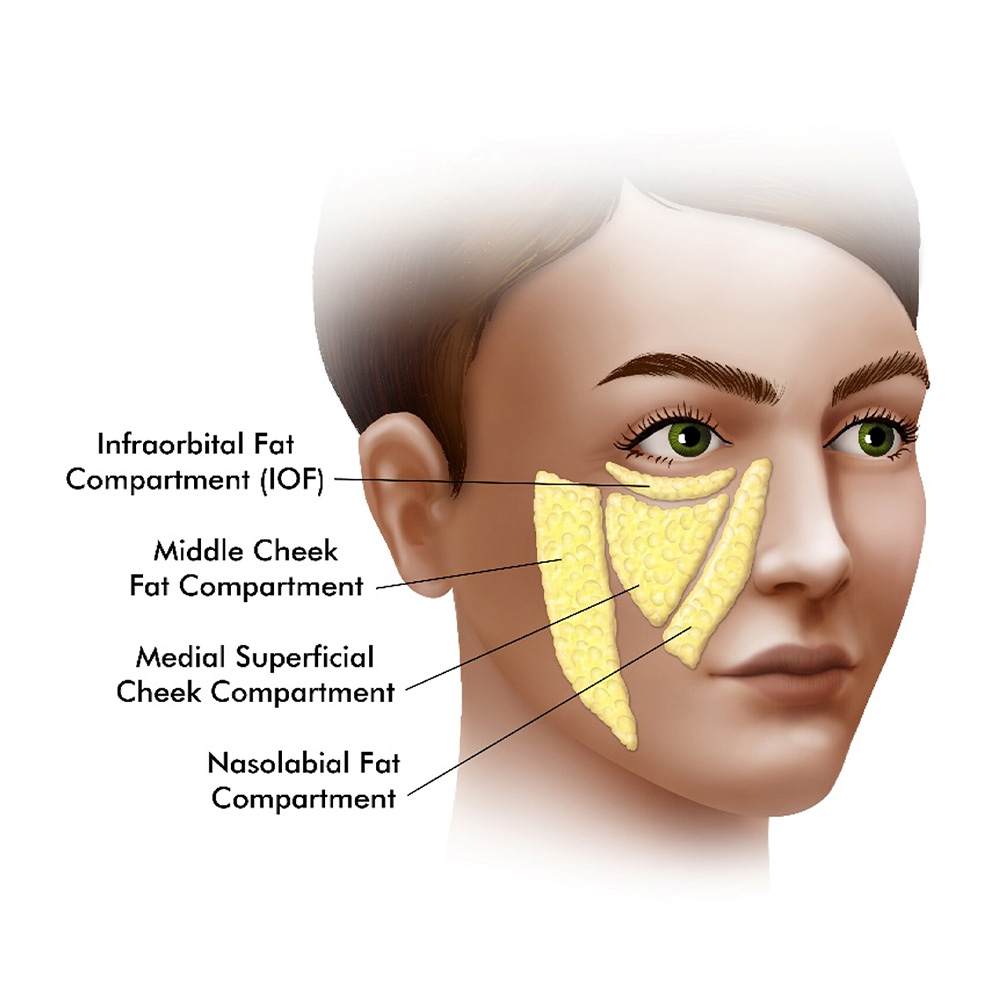
How many vials of Juvederm for cheeks?
- Typical dosing ranges from 1 to 2 mL per side, depending on age and volume loss
- Always reassess symmetry during treatment and avoid treating both sides at once before evaluating
How Long Does Juvederm Cheek Filler Last?
Cheek filler generally lasts 12 to 18 months, with Voluma often remaining effective for up to 24 months in low-mobility areas. Longevity depends on:
- Product used (firmer fillers like Voluma last longer)
- Depth of injection (deeper = longer lasting)
- Patient metabolism and lifestyle (high activity levels can break HA down faster)
- Technique (precise placement improves filler retention)
Patients should expect gradual reduction, not a sudden drop-off. Maintenance appointments may be needed annually or sooner for optimal results.
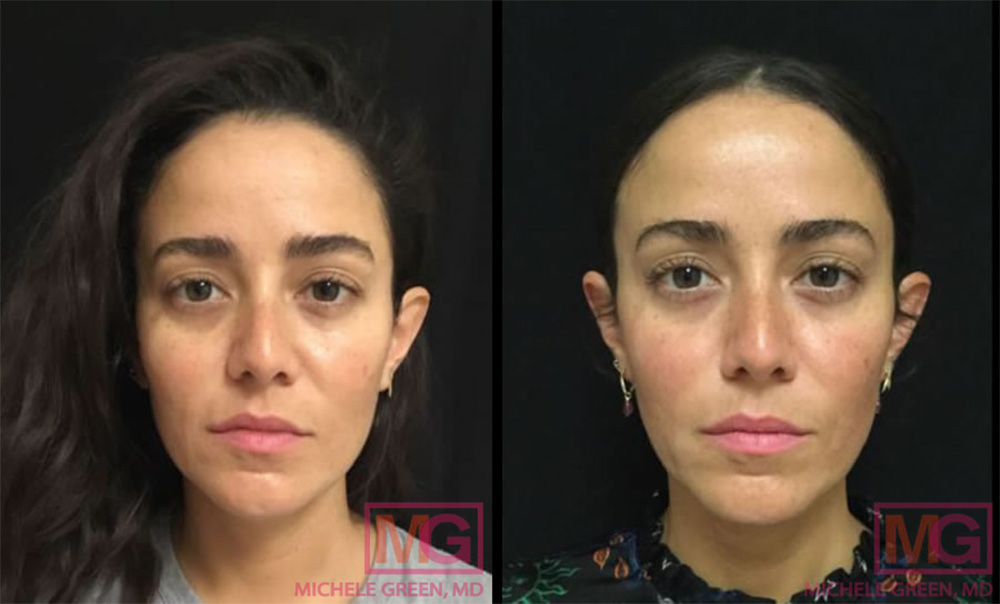
Is Juvederm Good For Cheek Fillers?
Yes, Juvederm is a good choice for cheek fillers. Juvederm products are designed for deep injection in the cheek area to restore lost volume and enhance facial contours. Juvederm cheek fillers before and after documentation shows that treating the cheeks has ripple effects on surrounding structures. Key benefits include:
- Immediate lift that improves overall facial balance
- Reduction of nasolabial shadowing without injecting folds directly
- Improved jawline definition due to midface support
- Smoother transitions from under-eye to cheek, especially in hollow or gaunt faces
Cheek filler is not just about volume, it’s about restoring proportion and architecture. For injectors, it offers reliable outcomes and high patient satisfaction when done right.
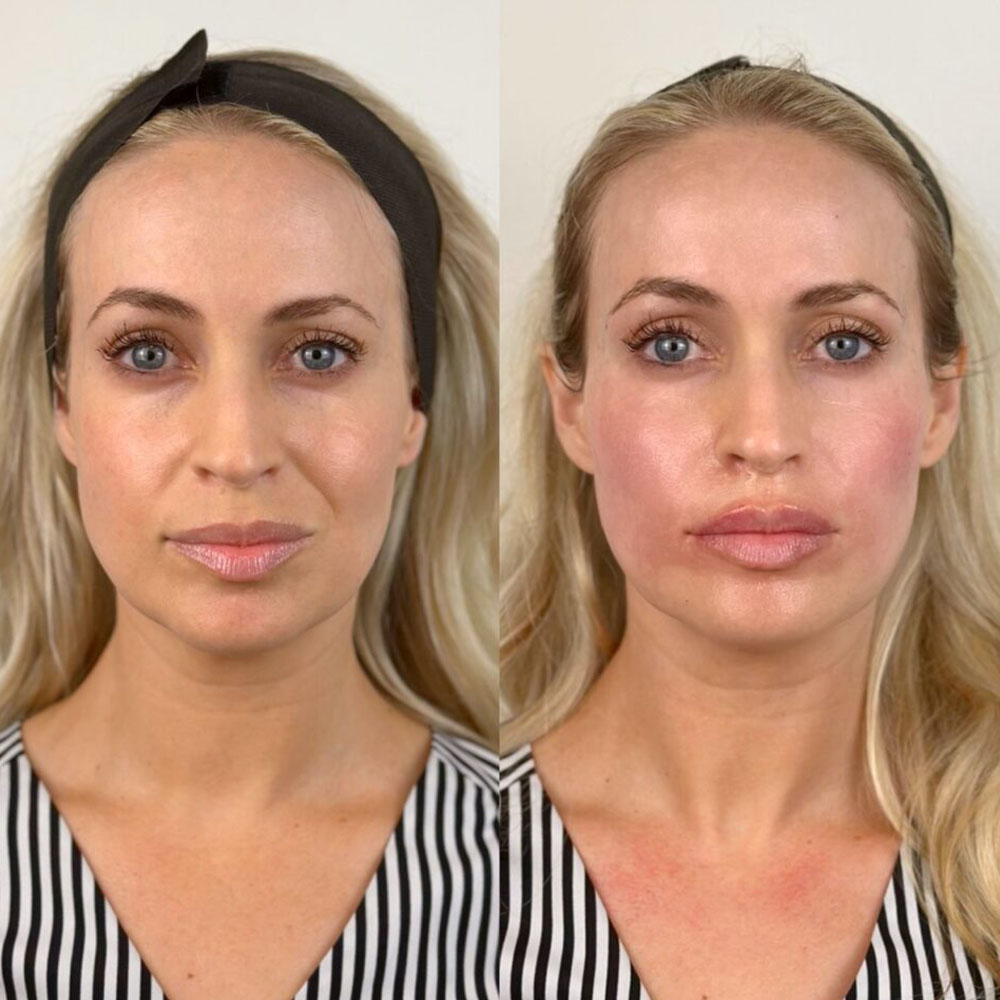
Who Should Not Use Juvederm?
Juvederm fillers are generally safe but should be avoided in patients who:
- Are pregnant or breastfeeding
- Have active skin infections or inflammatory conditions near the treatment area
- Have known allergies to lidocaine or HA fillers
- Have unrealistic expectations or seek overly dramatic results
- Have a history of granulomatous disorders or autoimmune skin disease in the treatment zone
Careful screening ensures safe treatment and reduces post-procedure complications.
Clinical Tips and Mistakes to Avoid
Midface rejuvenation is highly rewarding, but common mistakes can compromise results. One of the most important things to keep in mind is perspective. Always assess the patient's face from multiple angles, including the oblique view, to understand how volume distributes and how contours transition. A cheek that looks balanced from the front may appear flat or exaggerated from the side if projection isn’t carefully controlled.
Start conservatively. It’s better to build over multiple sessions than to overcorrect in one sitting. While it may be tempting to chase symmetry or volume in a single appointment, filler in the midface tends to look more natural when layered gradually. And not every patient needs obvious projection; sometimes a small amount of deep support can lift the entire face subtly but effectively.
Another common mistake is focusing too much on volume and not enough on structure. The goal is support, not puffiness. Injectors should also be cautious about lateral placement. Filler that’s placed too far to the side can create an unnaturally wide or flat cheek.
Equally important is the way different planes and products are blended. Ignoring contour transitions between deep and superficial layers can leave patients with patchy or uneven results. Finally, good documentation not only helps with tracking outcomes but also plays a key role in patient education and follow-up planning.
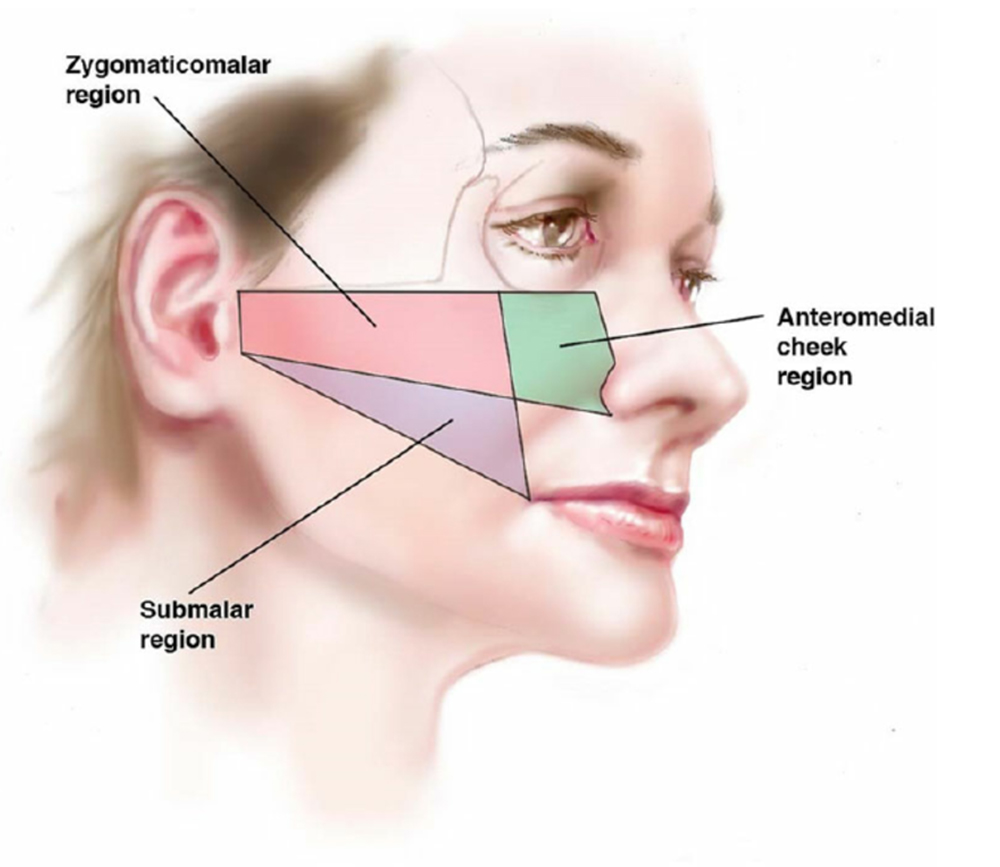
Why Offer Midface Rejuvenation with Juvederm?
For clinics offering injectables, cheek filler delivers a high return on skill and investment. It’s one of the most-requested treatments for patients in their 30s to 60s and has a strong visual impact with minimal downtime.
- Versatile applications for lift, structure, and soft contouring
- Predictable outcomes when using a layered strategy
- Strong ROI for practices looking to grow their filler portfolio
Learning to master midface volumization boosts both clinical confidence and patient loyalty. Want to refine your skills? HubMed Ed’s advanced Juvederm courses offer hands-on modules and case-based learning through an expert aesthetic medicine educational platform.
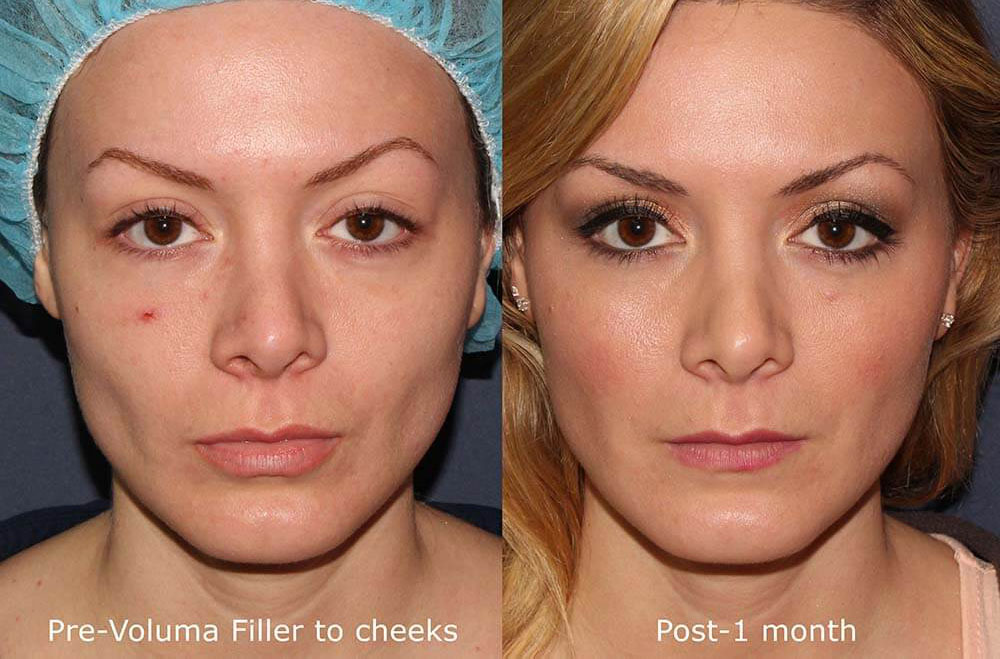
FAQ about Juvederm Cheek Fillers
Are cheek fillers worth the money?
Yes, for the right candidate, cheek fillers can restore structure, reduce signs of aging, and provide natural lift without surgery.
Is 1 syringe of Juvederm enough for cheeks?
For younger patients with minimal volume loss, 1 syringe may offer a subtle improvement. Most midface treatments require 1–2 syringes per side.
How much do Juvederm cheek fillers cost?
Prices vary by region and provider, but typically range from $600–$1,200 per syringe. Total cost depends on how much volume is needed.
How to tell if someone has cheek fillers?
Skilled injection work is often undetectable. Overfilled cheeks, unnatural shine, or exaggerated projection can indicate poor technique or overcorrection.
When do face fillers look their best?
Most fillers settle within 7 to 14 days, with full integration visible by 4 weeks. Mild swelling or asymmetry during the first few days is normal.
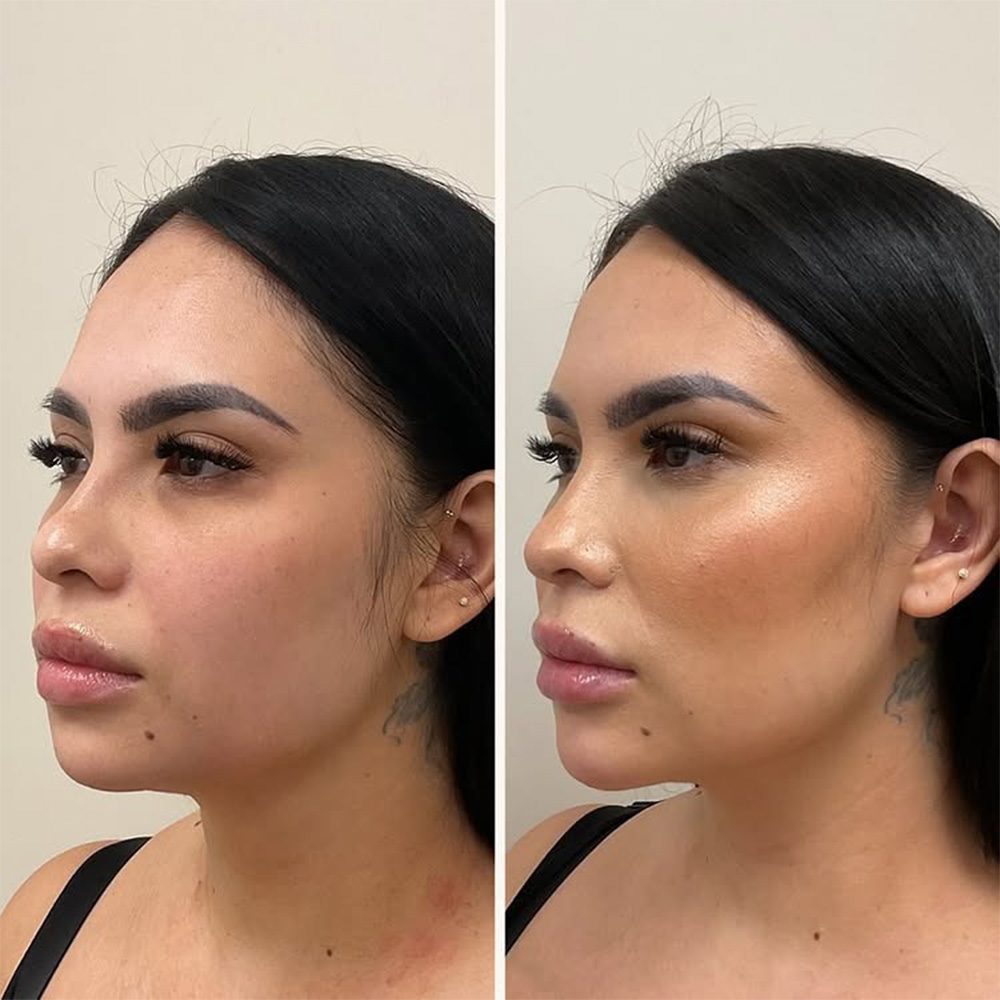
Conclusion
Juvederm cheek filler is a cornerstone of modern aesthetic medicine. When done correctly, it restores proportion, improves facial harmony, and softens age-related changes across multiple zones. But results don’t come from the product alone. They come from training, planning, and technical precision.
By selecting the right product, layering effectively, and understanding midface anatomy, you can achieve consistent results that your patients will love. Ready to sharpen your skills? Explore advanced Juvederm courses on HubMed Ed, the go-to aesthetic medicine educational platform for hands-on mastery.
Sources:
- Kim JE, Sykes JM. Hyaluronic acid fillers: history and overview. Facial Plast Surg. 2011;27(6):523-528. doi:10.1055/s-0031-1298785 https://pubmed.ncbi.nlm.nih.gov/22205525/
- Goel A, Rai K. Midface Rejuvenation Using Juvederm Fillers in Male Patients. J Cutan Aesthet Surg. 2022;15(3):209-215. doi:10.4103/JCAS.JCAS_149_21 https://pubmed.ncbi.nlm.nih.gov/36561415/
- Bogdan Allemann I, Baumann L. Hyaluronic acid gel (Juvéderm) preparations in the treatment of facial wrinkles and folds. Clin Interv Aging. 2008;3(4):629-634. doi:10.2147/cia.s3118 https://pubmed.ncbi.nlm.nih.gov/19281055/
- Trinh LN, Gupta A. Hyaluronic Acid Fillers for Midface Augmentation: A Systematic Review. Facial Plast Surg. 2021;37(5):576-584. doi:10.1055/s-0041-1724122 https://pubmed.ncbi.nlm.nih.gov/33634456/
Disclaimer:
This article is intended for licensed medical professionals. All protocols, dosages, and treatment insights referenced herein are based on published literature. The content is not intended to encourage application, diagnosis, or self-treatment of unlicensed individuals, and should not be used as a substitute for the clinical judgment of a qualified healthcare provider.
.jpg)
